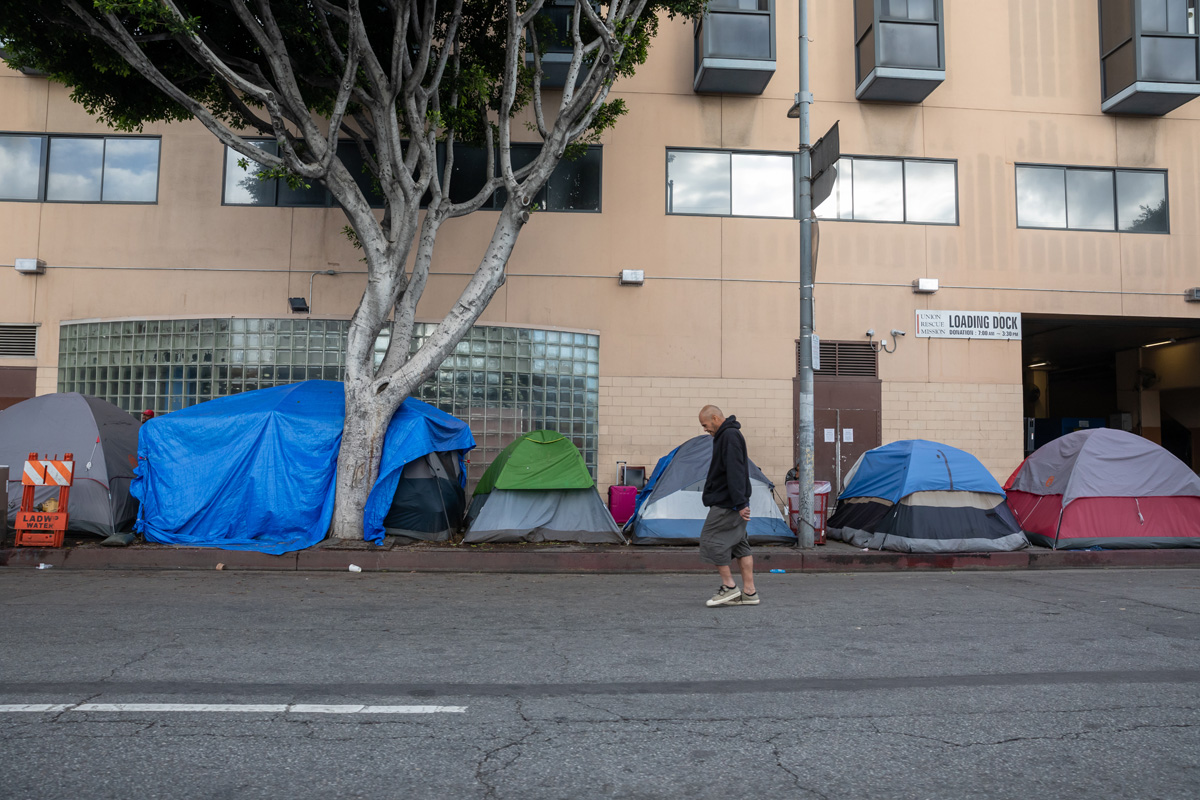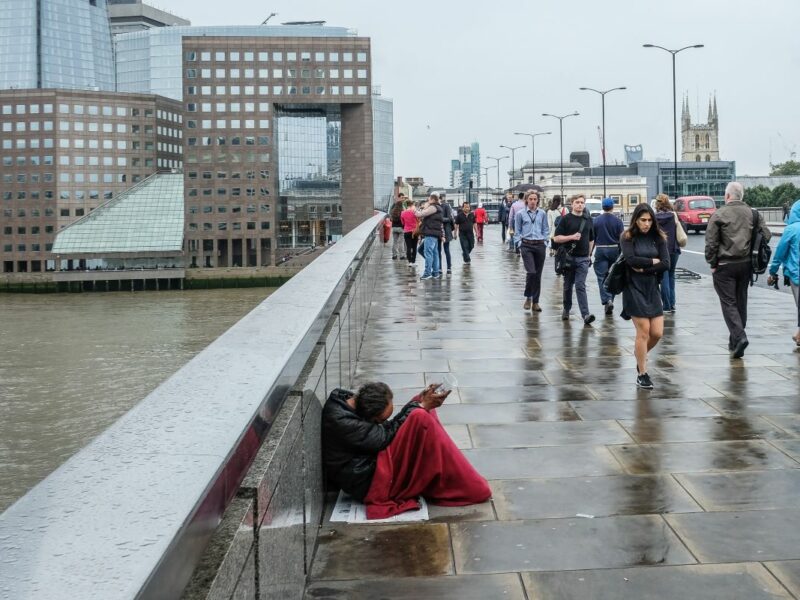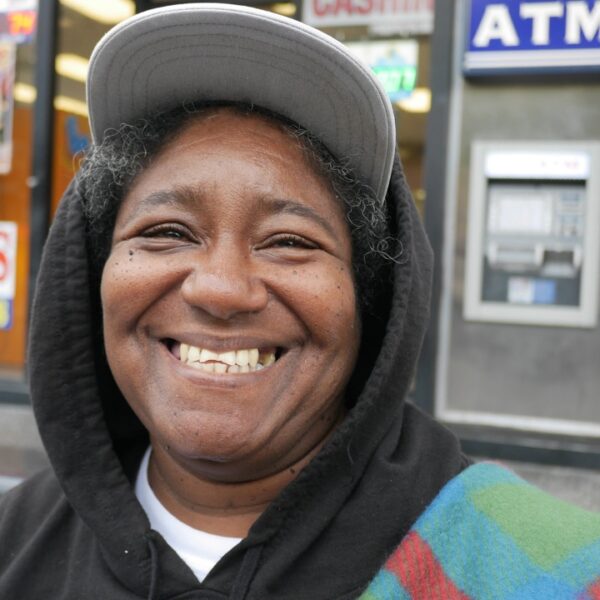2020 Homeless Count Shows that While 207 People Exit Homelessness Daily, 227 More People Enter Homelessness
Every January, the Los Angeles Homeless Services Authority conducts a count of individuals experiencing homelessness throughout the county. Conducted over a few nights, it includes individuals who reside on the streets, in shelters and in personal vehicles.
The goal is to see how effective the current homelessness policy is. It also tries to determine where improvements can be made and what specific areas need to be addressed. The results of the 2020 count were recently released to the public. These results reflect just how pressing homelessness is in Los Angeles County and the failure of solutions undertaken thus far.
The overall homeless population in the County saw a 12.7% increase from 58,936 in 2019 to 66,443 in 2020. Of those numbers, 41,290 reside within the city limits of Los Angeles, a 14.2% increase from last year.
What makes these results particularly frustrating is the amount of effort and money spent on housing in recent years.
In 2016, residents of the County voted Yes on Measure H and Proposition HHH. This gave the county approval to spend billions of dollars on affordable housing. Since the first of these projects was completed in 2018, the number of people experiencing homelessness in the county has increased by over 50%.
Throughout 2019, Los Angeles saw:
- 52,689 individuals “self-resolve” their way out of homelessness;
- 22,769 individuals housed through the county; and
- an additional 82,955 individuals entered homelessness.
According to LAHSA, an average of 207 people exited homelessness daily in 2019. At the same time, 227 new individuals became homeless every day.
Heidi Marston, Executive Director of LAHSA, said:
“Our homeless services system is helping more people than ever. It’s operating in better alignment with the city, county, and other agencies than ever before. And it’s not enough.”
The lack of affordable housing is indicative of insufficient services. Additionally, the number of homeless people in any region dramatically increases when median rent in the same region exceeds 22% of median income. Within LA County, the median rent is 46.7% of the median income, leaving too many in need of affordable housing.
As our society is amid a racial awakening, it is important to know how systematic racism contributes to homelessness both in Los Angeles and across the country.
The report found that while African-Americans made up just 8 percent of the total LA County population, they represent 34 percent of the people currently experiencing homelessness. Furthermore, an African-American individual is four times more likely to enter homelessness than a Caucasian individual.
Challenges that Black people often face leading them to homelessness include:
- Exclusion from banks and landlords
- Lack of access to anti-poverty programs
- Insufficient mental and physical healthcare
- Overly harsh legal sentences
Of course, this is reflective of our country’s larger system that discriminates against this population.
Marston added:
“This year’s results reinforce that our community must address the deep-rooted causes within larger safety net systems that stop people from falling into homelessness … And it requires us to dismantle the legacy of racism that still shapes our region’s vast inequalities of income, wealth, and opportunity.”
In a separate report published by LAHSA in December of 2018, the organization outlined the following steps to close this racial gap:
- Advance racially-equitable policies, programs, and funding across institutions, including LAHSA homeless service providers, and City and County agencies
- Enhance cross-system collaboration and partnerships to more effectively prevent and reduce the time spent in homelessness and improve housing retention and stability for Black people experiencing homelessness
- Expand capacity building and training opportunities to ensure service providers understand the impact of institutional racism and racial bias on Black people experiencing homelessness
- Target investments and funding enhancements to initiatives aimed at reducing disparities and ensuring sufficient funding for services and programs supporting Black people experiencing homelessness
Finally, it is important to remember this count was completed in January – two months before COVID-19 hit the United States.
In addition to the pandemic dramatically affecting the already existing homeless population, its economic consequences will undoubtedly cause a new wave of people to enter homelessness.
The final numbers of this report are most likely lower than the current reality of Los Angeles County homelessness. As this reality continues to unfold, this population needs more support than ever from both the city and county.
Ayana Roy, professor of urban welfare, social welfare, and geography at UCLA, warns:
“Our concern was that COVID-19 was the perfect storm of existing housing instability, very high rates of unemployment, not enough replacement income for unemployed workers and what we see to be the absolute failure of our political institutions to provide meaningful tenant protections.”













